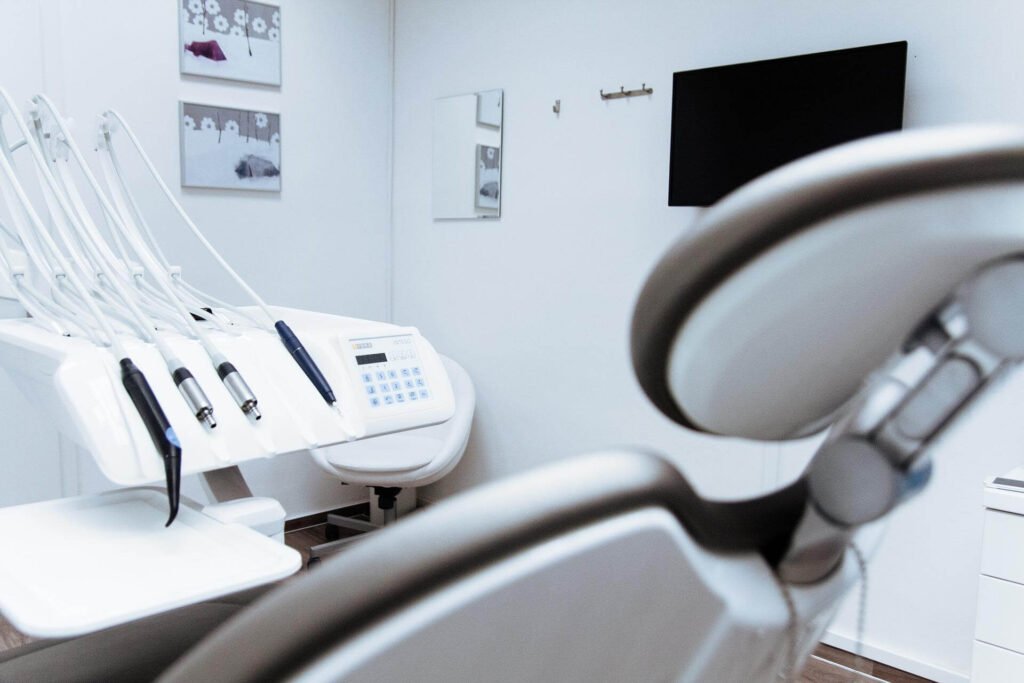What Is The Soft Palate?
The soft palate of the mouth does not contain any bone and therefore is soft. The soft palate of the mouth ends in the uvula that is positioned at the back of the mouth. The uvula hangs down at the back of the mouth and can be seen when you open your mouth. Its purpose is to block the nasal cavity whenever you are either eating or drinking. The soft palate consists of two parts, muscle, and tissue. The soft palate keeps food from entering the respiratory tract.The mouth has many different parts to it, teeth, gums, tongue, etc. There are also the palates of the mouth, specifically the hard and soft parts of the mouth. The hard palate is located behind the soft palate of the mouth.
The soft palate of the mouth has a few other names it is known as: the muscular palate, and the velum.
The Soft Palate Of The Mouth & Its Functions
The soft palate is a critical feature of the mouth:
Speech
Speaking requires you to move and position the inner parts of your mouth to vocalize specific sounds in a certain order. The soft palate is one of the pain structures involved in this process. If someone is afflicted with a cleft palate or has a disorder of the soft palate, it can affect speech, making it sound weak or nasal.
Breathing
The soft palate protects food and beverages from your respiratory tract. This is all done subconsciously and happens as you are eating. However, some people can actually find it difficult to breathe and eat simultaneously.
Swallowing
Soft Palate Vs. Hard Palate
There are a few main differences between both types of palates:
Soft Palate
The soft palate only consists of tissue and muscle, there is no bone located at all in the soft palate. The soft palate is the area where the oral cavity and the oropharynx begin.
Hard Palate
Discomfort Or Pain In The Soft Palate
- Blood vessels
- Muscles
- Ligaments
- Fat

Soft Palate Pain And Inflammation – Causes
Oral Cancer
- Swelling
- Lumps
- Redness
- Pain
- Loss of function
The most common type of cancer in a soft palate is squamous cell carcinoma. It is treated with the usual treatments for cancer, surgery, chemotherapy, and radiation.
Injury Or Trauma
You may not realize it, but the inside of the mouth gets injured fairly often:
- Biting
- Burns from beverages or drinks
- Cuts and scratches from sharp foods
Generally, these injuries are not overly concerning and usually will heal on their own within a week or two. However, if you significantly injure your soft palate with a severe burn or a deep cut, you will want to seek medical attention. Your soft palate is critical during everyday use, and you will want to take good care of it
Dehydration
You should always stay hydrated by making sure you are drinking plenty of water. Common reasons why patients are dehydrated include:
- Excessive alcohol consumption
- Some medications
- Not drinking enough water
- Excessive sweating, especially on hot days or while exercising
- Illness
Bacterial Infection
When To Make An Appointment
You have probably already experienced some form of pain or discomfort in your soft palate that has resolved on its own without medical attention. The inside of the mouth is often prone to injury and therefore will usually heal fairly fast. However, sometimes pain in the soft palate may be a reason to make a dentist appointment. You should make a dentist appointment if:
- The pain does not away with over-the-counter (OTC) medications.
- Any swelling or inflammation that lasts for a week or more.
- Swelling is accompanied by other symptoms.
Home Remedies For Soft Palate Pain & Discomfort
- Ibuprofen – Decreases swelling and is fast-acting.
- Acetaminophen – increases the body’s pain tolerance.
- Aleve – Decreases swelling and lasts longer than Ibuprofen.
If you have not taken these drugs before, or you’re uncertain about them, please seek the advice of a doctor or dentist. If too many of these drugs are taken, you can cause damage to your internal organs. Read the instructions on the bottle very carefully and do not exceed the dose recommended on the bottle.
If the OTC medication does not take care of the pain, do not take more, and make an appointment.
